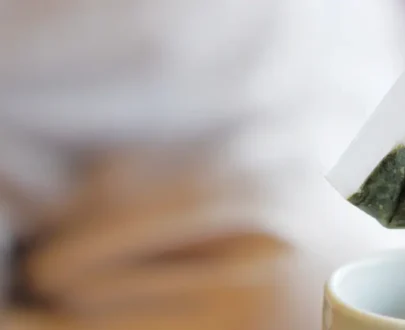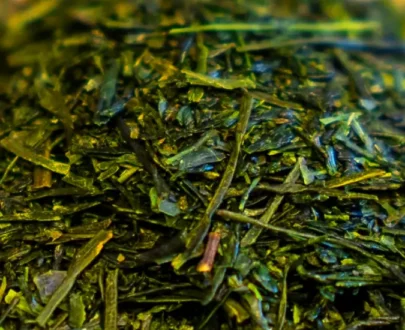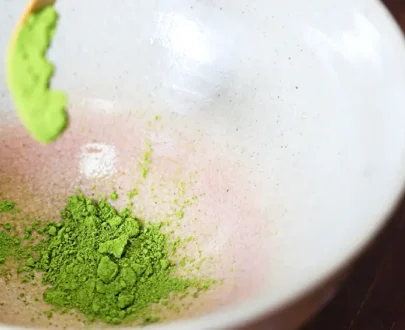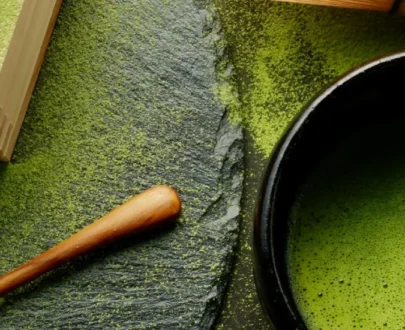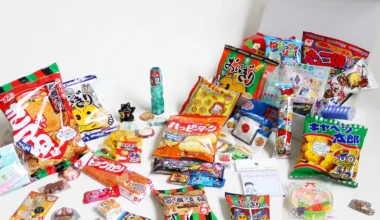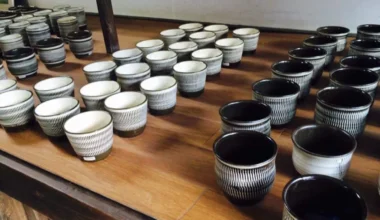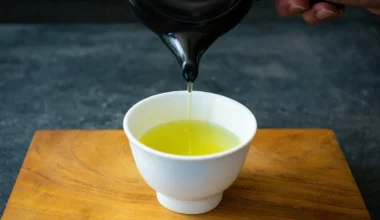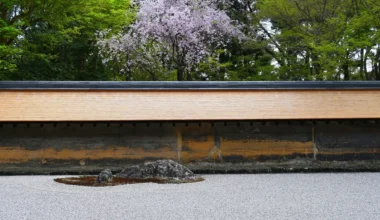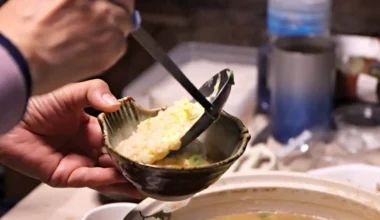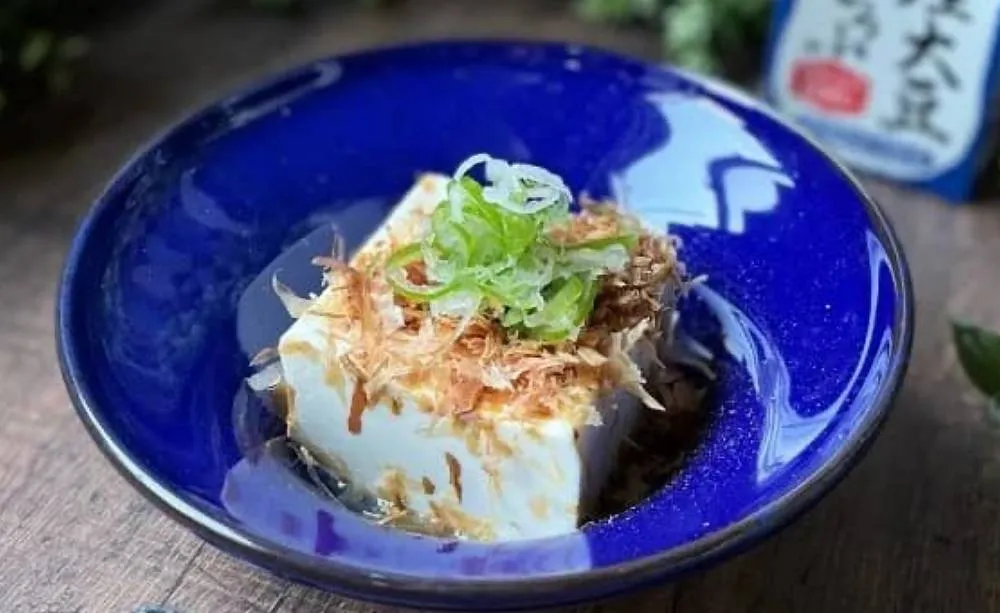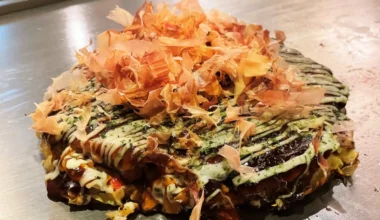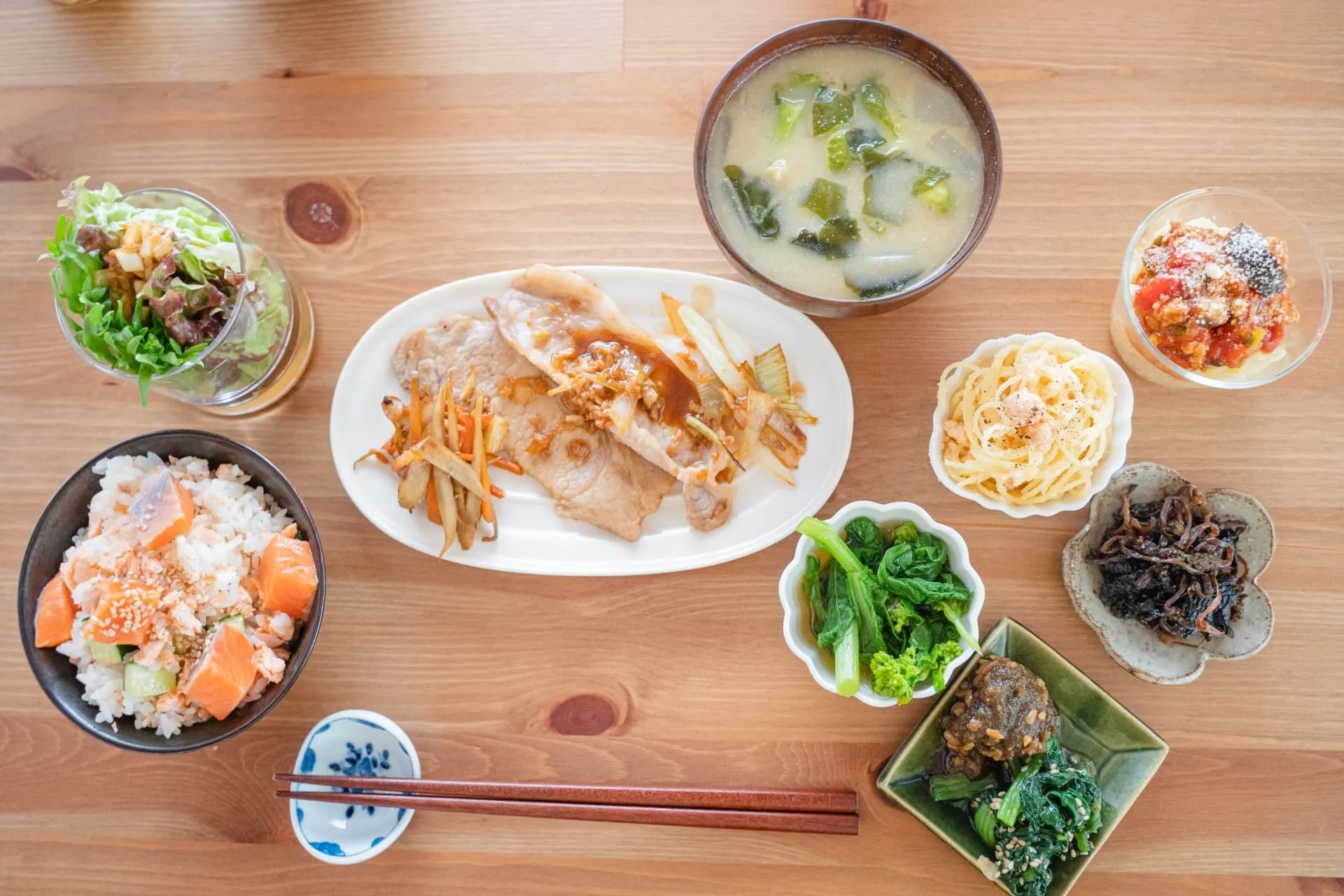- You have no items in your shopping cart
- Subtotal: USD0.00
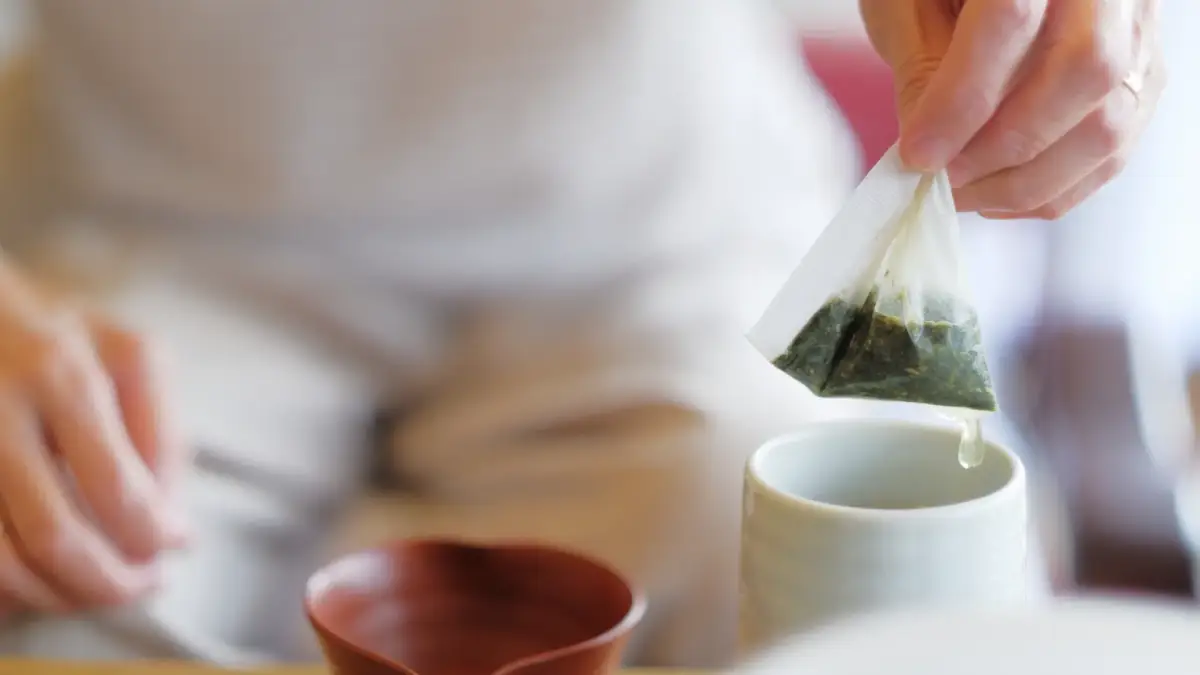
Introduction
In the fast-paced modern world, convenience has become a top priority for many people, even when it comes to enjoying traditional beverages like Japanese green tea. Japanese green tea bags have emerged as a popular solution, offering the authentic taste of Japanese tea with the ease and simplicity of a tea bag. In this article, we’ll explore the world of Japanese green tea bags, their varieties, benefits, and how to make the perfect cup of tea.
Table of Contents
The Convenience and Popularity of Japanese Tea Bags
Japanese green tea bags have gained popularity due to their convenience and ability to deliver a high-quality tea experience without the need for traditional tea-making equipment. These tea bags allow people to enjoy the authentic taste of Japanese green tea anytime, anywhere, whether at home, in the office, or on the go. The pre-measured portions ensure a consistent taste and eliminate the guesswork in preparing the perfect cup of tea.
Differences from Traditional Loose Leaf Tea
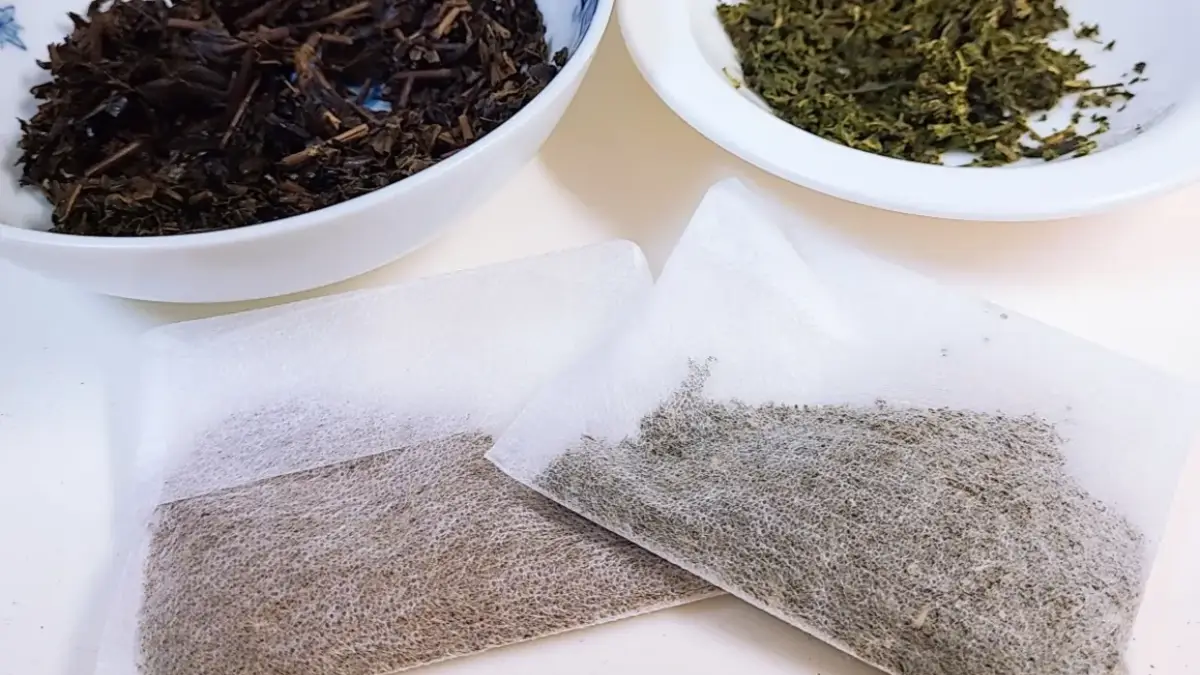
While loose leaf tea is often associated with higher quality and a more traditional tea experience, Japanese green tea bags have come a long way in recent years. Many high-quality tea bags now use whole or slightly broken tea leaves, rather than the dust and fannings found in lower-quality tea bags. This allows for a fuller flavor and aroma, more closely resembling the taste of loose leaf tea.
Types and Characteristics of Japanese Green Tea Bags
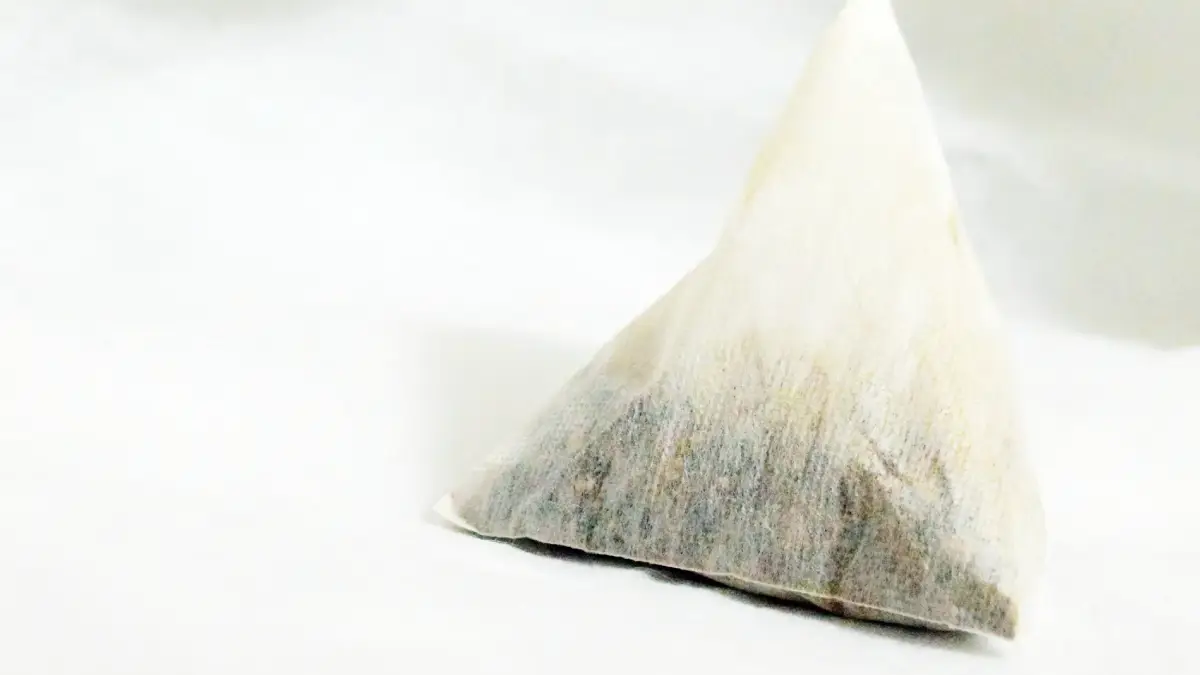
【Types of Japanese Green Tea】
- Sencha: The most common Japanese green tea, characterized by its refreshing taste and vibrant green color. It offers a smooth flavor profile with subtle natural sweetness.
- Genmaicha: A unique blend combining green tea with roasted brown rice. This distinctive tea perfectly balances the toasted, nutty aroma of rice with the gentle, vegetal notes of green tea.
- Hojicha: A roasted green tea distinguished by its reddish-brown color and comforting aroma. Known for its low caffeine content and subtle caramel-like sweetness.
- Other Varieties: Gyokuro: A premium tea with rich umami flavor Matcha-iri Sencha: A blend combining the deep flavors of matcha with sencha’s refreshing taste
【Types of Tea Bags】
- Standard Flat Bags: The most common type, containing a single serving of tea leaves.
- Pyramid Bags: Provides more space for tea leaves to expand, offering a more authentic brewing experience.
- Tagged Bags: Features a convenient string and tag for easy removal from your cup.
- Large-Capacity Bags Designed for brewing multiple cups in a teapot, perfect for serving groups.
To fully enjoy each tea’s unique characteristics, we recommend choosing the tea bag type that best suits your brewing preferences and occasions.
Choosing the Right Japanese Green Tea Bag
When selecting Japanese green tea bags, consider the following factors to ensure the best quality and taste:
- Tea Leaf Quality: Look for tea bags that use whole or slightly broken tea leaves, as they tend to offer better flavor and aroma compared to those made with dust or fannings.
- Packaging Freshness: Check the packaging date and choose tea bags that are as fresh as possible to ensure optimal flavor and aroma.
- Brand Reputation: Opt for reputable brands known for their commitment to quality and authenticity in Japanese green tea production.
- Price Point: While higher-priced tea bags often indicate better quality, there are also affordable options that offer excellent value for money.
Brewing the Perfect Cup

To make the most of your Japanese green tea bags, follow these brewing tips:
- Water Temperature: Use water that is below boiling point, around 175°F (80°C) for sencha and 195°F (90°C) for hojicha and genmaicha, to avoid bitterness and astringency.
- Steeping Time: Steep the tea bag for 1-2 minutes, depending on the variety and desired strength. Avoid over-steeping, as this can lead to a bitter taste.
- Multiple Infusions: Some high-quality Japanese green tea bags can be used for multiple infusions, with each steeping offering a slightly different flavor profile.
Common Mistakes and How to Avoid Them
- Using boiling water: Boiling water can scorch the delicate tea leaves, resulting in a bitter taste. Always use water below boiling point.
- Over-steeping: Steeping the tea bag for too long can lead to a bitter and astringent taste. Follow the recommended steeping times for the best flavor.
- Not storing properly: Improper storage can cause tea bags to lose their freshness and flavor. Store tea bags in an airtight container away from light, heat, and moisture.
Recommended Serving Methods
Hot Tea
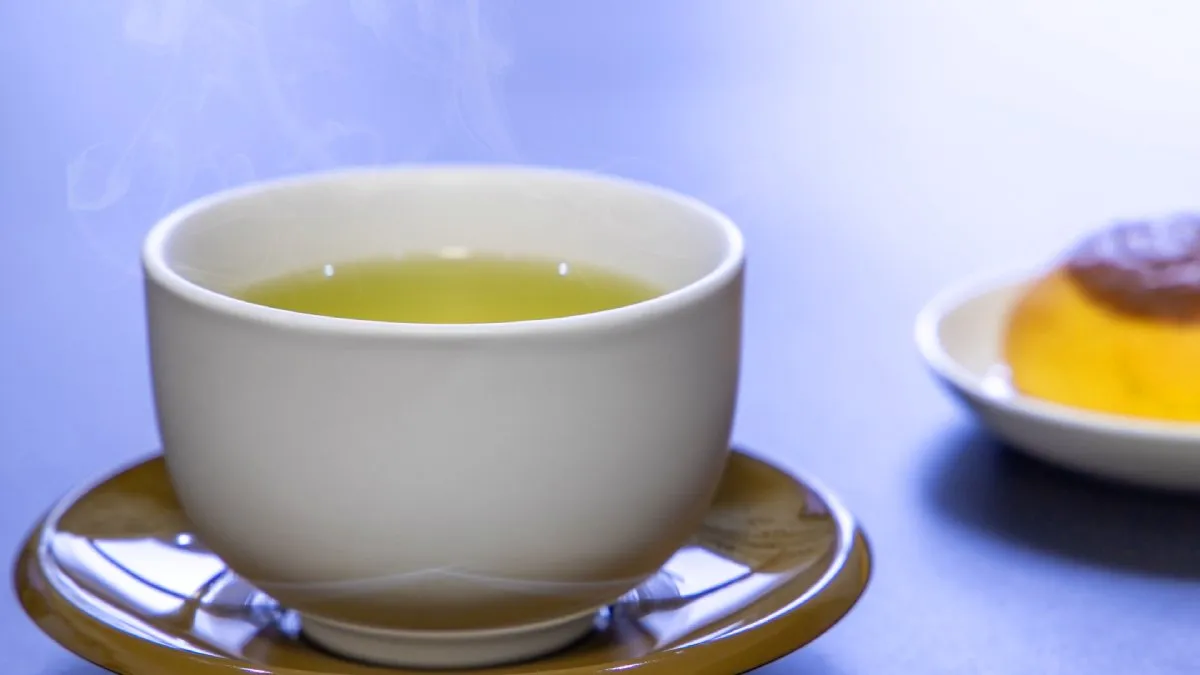
Enjoy your Japanese green tea bag as a warm, comforting beverage, perfect for relaxation and mental clarity.
Cold Brew (Iced Tea)
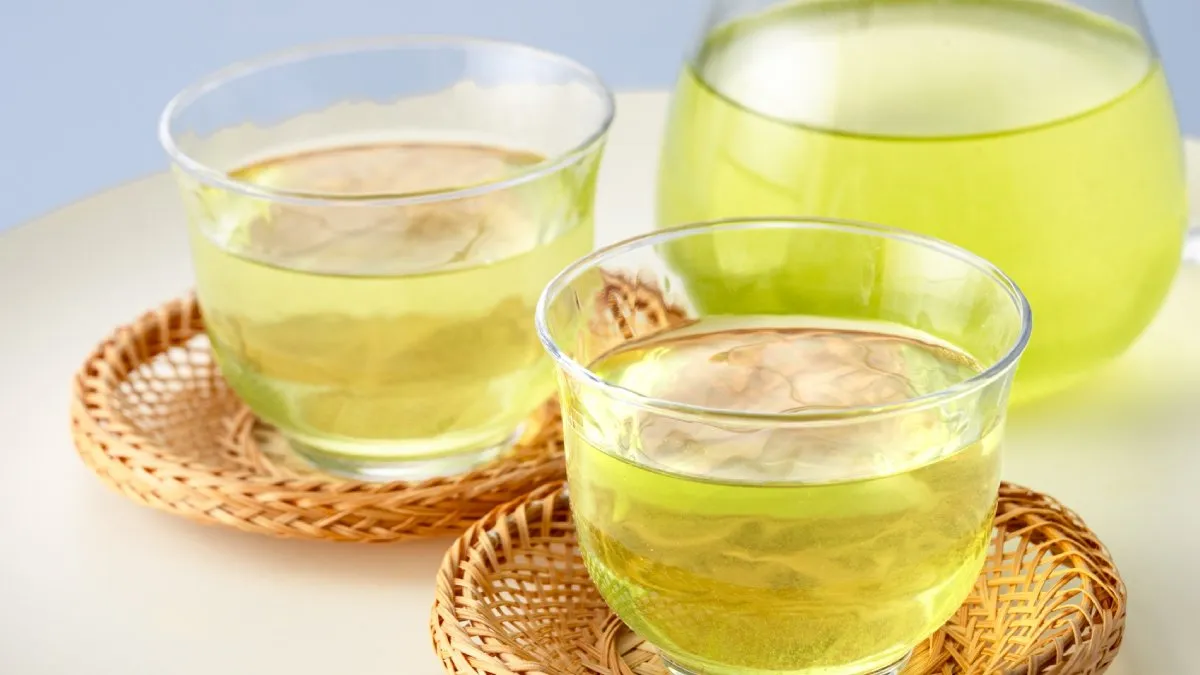
Steep the tea bag in room temperature or cold water for a refreshing, thirst-quenching iced tea, ideal for hot summer days.
Recipe Ideas: The tea leaves inside the tea bag are cut into smaller pieces than normal tea leaves to facilitate extraction of more flavor in a shorter period of time.Experiment with Japanese green tea bags in recipes such as smoothies, baked goods, or even savory dishes for a unique flavor twist.
Proper Storage
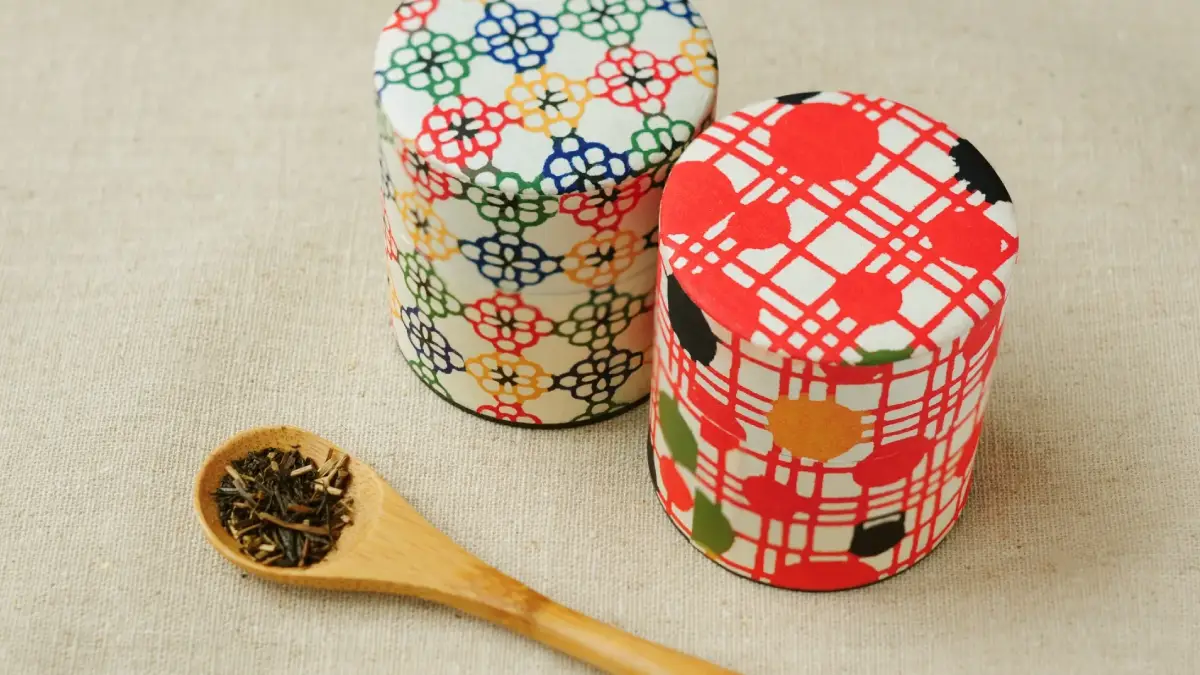
To maintain the quality and freshness of your Japanese green tea bags, follow these storage tips:
- Store in a cool, dry place away from direct sunlight, heat, and moisture.
- Keep tea bags in an airtight container to prevent exposure to air and odors.
- Use tea bags within the recommended timeframe for optimal flavor and freshness.
Conclusion
Japanese green tea bags offer a convenient and accessible way to enjoy the authentic taste of Japanese tea without compromising on quality. By understanding the different varieties, choosing the right product, and following proper brewing and storage methods, you can make the most of these tea bags and incorporate them into your daily tea ritual. While tea bags may not replace the traditional loose leaf tea experience entirely, they provide a practical option for busy tea lovers who want to savor the taste of Japanese green tea anytime, anywhere.
As the popularity of Japanese green tea continues to grow worldwide, tea bags serve as an excellent introduction to this rich and diverse tea culture. They allow more people to experience the health benefits and unique flavors of Japanese green tea, while also fostering an appreciation for the country’s time-honored tea traditions. Whether you’re a seasoned tea connoisseur or a curious beginner, Japanese green tea bags are a convenient and delightful way to explore the world of authentic Japanese tea.
Japanese Green Tea Bags FAQs
What brands of Japanese tea do you recommend for easy enjoyment?
The best-selling green tea bag in Japan is Ito En.
It is such a well-known brand in Japan that when people think of tea, they think of Ito En. Ito En offers a wide variety of tea bags, making it easy to enjoy different types of tea.
Where can I buy Japanese tea bags?
You can purchase a variety of tea bags at EatsJapan.

